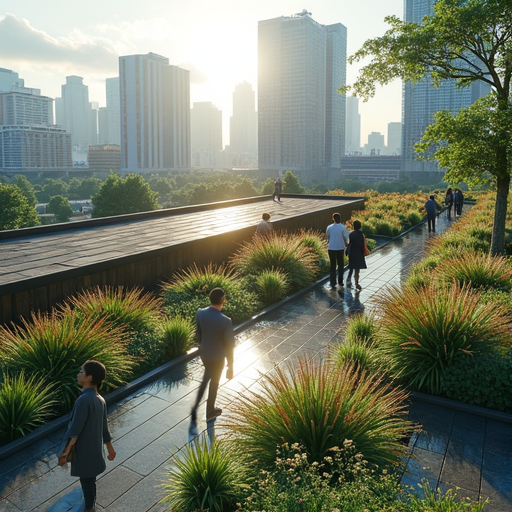
Urban Cooling: Cities Tackle Extreme Heat with Smart Roofs
Introduction
As summer temperatures surge in 2025, cities worldwide are grappling with the urban heat island (UHI) effect, where urban areas become significantly hotter than their rural surroundings. Cities like Los Angeles, Athens, and Singapore are leading the charge in deploying innovative solutions such as reflective materials, green rooftops, and heat sensors to combat this growing issue.
The Urban Heat Island Effect
The UHI effect occurs due to human activities, including the proliferation of concrete surfaces and the lack of vegetation. Urban areas, which cover just 0.5% of the Earth's land surface but house over half the global population, experience higher temperatures, especially at night. This phenomenon not only disrupts local ecosystems but also exacerbates air and water pollution.
Innovative Solutions
Cities are adopting a variety of strategies to mitigate the UHI effect:
- Reflective Materials: Los Angeles has implemented "cool roofs" coated with reflective paint to reduce heat absorption.
- Green Rooftops: Athens is transforming rooftops into green spaces, which provide shade and promote evaporative cooling.
- Heat Sensors: Singapore utilizes advanced heat sensors to monitor temperature fluctuations and optimize cooling efforts.
The Role of Climate Change
While climate change is not the cause of UHIs, it intensifies heat waves, amplifying the effect. Compact urban development further exacerbates the problem, making innovative cooling solutions even more critical.
Conclusion
As cities continue to grow, the need for sustainable urban cooling strategies becomes paramount. The efforts of Los Angeles, Athens, and Singapore serve as a blueprint for other cities facing similar challenges.
